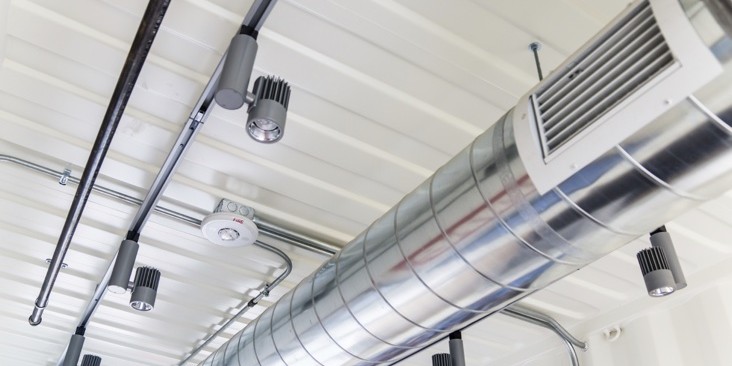A surefire way to guarantee the failure of any businesses’ manufacturing operation is by neglecting the machinery involvedWithout the ability to properly schedule maintenance, equipment is bound to have some level of downtimeOf course, no two manufacturing operations are the same, meaning the way in which this maintenance is accomplished is going to differMost often, the maintenance is done through one of two strategies, preventive or predictive maintenance.
Preventive maintenance has reigned over the manufacturing industry for some time nowThis strategy is founded on a calendar driven maintenance approach, meaning performing maintenance on all pieces of equipment in a fleet at set intervals throughout the yearIn most cases, these intervals are based on age and overall run time of any piece of equipmentThe older and more time spent running, the more frequent the maintenance intervals for exampleThe opposite could be said of a younger, less ran machine.
The more diagnostic approach comes from predictive maintenanceThis strategy disregards the regularly scheduled maintenance of its counterpartInstead, it employs a particularly complex system of technologies attached to the IoT to collect data on each piece of equipment or machinery in an organization’s fleetThis data is then analyzed in real time to indicate when a piece of equipment would require maintenanceThis, in turn, makes this the more efficient maintenance approach.
However, while the costs for these systems are often outrageous, it’s becoming increasingly easier to have them implemented into any piece of equipment an organization hasThis is largely in part due to the ever-expanding nature of the Internet of ThingsThe more technologies that continue to become connected to the IoT, the more the capabilities of these systems can continue to evolveThe analysis and reporting of these systems are unmatched in regards to predicting failure and scheduling maintenance.
While these systems may seem like the most obvious choice, barring any cost concerns, there is also some inherent risk associated with themThe first being the cost versus benefit your organization could get out of this investmentIn some cases, organizations don’t benefit nearly as much as expected compared to other organizations with a much larger scopeThe next is the training required to bring employees up to speed with regards to these newly integrated systemsFor some long-standing employees, this can prove to be extremely difficultThis may often require a complete overhaul of the training they received with past systems and will require a great deal of patience before any mastery is acquiredIf your organization is capable of facing and conquering these challenges, this change might be the right choice.
As this post has pointed out, preserving the life of each piece of equipment in all manufacturing processes can cause a great deal of stress on each level of an organizationTo simplify that stress, refer to some of the strategies shared within the infographic coupled alongside this postInfographic courtesy of Industrial Service Solutions.
 Lab Diamond Tennis Bracelet: The Epitome of Elegance and Luxury
Lab Diamond Tennis Bracelet: The Epitome of Elegance and Luxury  Unveiling the Truth: Why Mined Diamonds Are Not Scarce
Unveiling the Truth: Why Mined Diamonds Are Not Scarce  Power Duo: SEO Agency Services and Website Design in Pittsburgh
Power Duo: SEO Agency Services and Website Design in Pittsburgh  Dress Rings: A Timeless Choice with Lab-Grown Diamonds and Man-Made Diamonds
Dress Rings: A Timeless Choice with Lab-Grown Diamonds and Man-Made Diamonds  What is the Penalty for Non-Filing of Income Tax Return?
What is the Penalty for Non-Filing of Income Tax Return?  Easiest Tribal Loans – Get Financial Aid with Just Two Clicks
Easiest Tribal Loans – Get Financial Aid with Just Two Clicks  Revolution in Retail: The Influence of HVAC Design on Customer Experience
Revolution in Retail: The Influence of HVAC Design on Customer Experience  Where to Sell My Designer Bag and Sell Gold in Melbourne: A Comprehensive Guide
Where to Sell My Designer Bag and Sell Gold in Melbourne: A Comprehensive Guide  How Long Does Adderall Stay in Your System? What You Need to Know
How Long Does Adderall Stay in Your System? What You Need to Know 